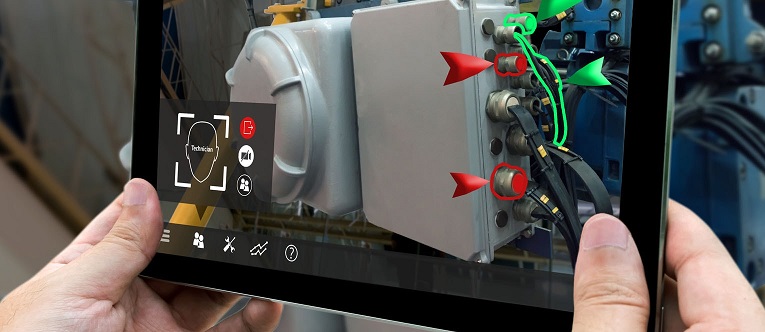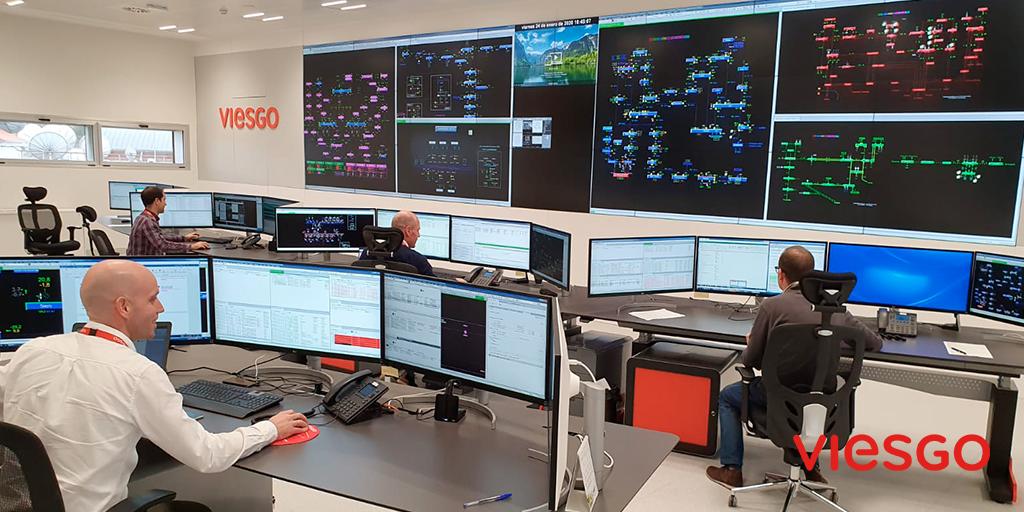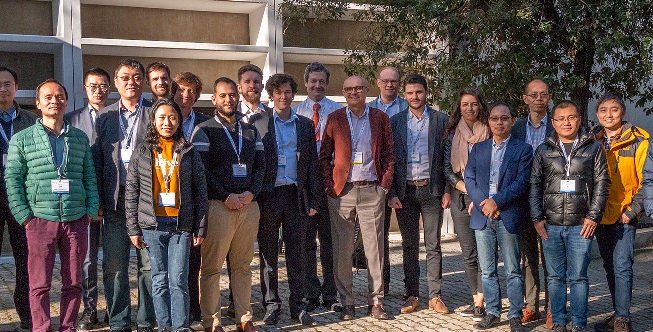EU unveils new circular economy action plan 2.0
The European Commission (EC) has adopted a new Circular Economy Action Plan - one of the main blocks of the European Green Deal, Europe’s new agenda for sustainable growth. The new Action Plan announces initiatives along the entire life cycle of products, targeting for example their design, promoting circular economy processes, fostering sustainable consumption, and aiming to ensure that the resources used are kept in the EU economy for as long as possible. It introduces legislative and non-legislative measures targeting areas where action at the EU level brings real added value.
The new Circular Economy Action presents measures to:
• Make sustainable products the norm in the EU;
• Empower consumers and public buyers;
• Focus on the sectors that use most resources and where the potential for circularity is high such as: electronics and ICT; batteries and vehicles; packaging; plastics; textiles; construction and buildings; food; water and nutrients;
• Ensure less waste;
• Make circularity work for people, regions and cities,
• Lead global efforts on circular economy.
ETSI unveils Augmented Reality framework enabling multi-vendor ecosystem for industry and consumers
The ETSI Industry Specification Group on the Augmented Reality Framework (ISG ARF) unveils ETSI GS ARF 003, a key specification towards the interoperability of AR components. Today industrial and end users tend to frequently depend on a single provider to deploy AR applications and services. Compliance with the ETSI framework will allow components from different providers to interoperate via the defined interfaces, allowing broader and quicker adoption of AR technology. It will also take account of a growing and dynamic AR market.
The ETSI GS ARF 003 introduces the characteristics of an AR system and describes the functional building blocks of a generic AR reference architecture and their mutual relationships. The global architecture gives an overview of an AR system which is based on a set of hardware and software components as well as data describing the real world and virtual content. The functional architecture applies to both fully embedded AR systems and implementations spread over IP networks in a scalable manner with subfunctions. These subfunctions can either be deployed on the AR device or be provided via cloud technology.
The Agreement aims at facilitating the collaboration between CEN and CENELEC, two of the officially recognised European Standardization Organizations, and E.DSO, the interface between Europe’s Distribution System Operators (DSOs) and the European institutions. The objective is to ensure an appropriate exchange of knowledge as well as high quality and consensus-based support in the delivery of standards for the large-scale development of smart grid technologies.
The new Partnership Agreement is a step forward in this direction: through the Agreement, E.DSO will provide CEN and CENELEC with their technical and strategic expertise in the field of smart grids and energy distribution and bring a welcome industrial perspective to the work of standardization. Furthermore, the exchanges between the three organizations will bring lasting benefits to other related areas of ongoing work, such as ICT, cybersecurity, digitalization of the energy sector and e-Vehicles.
The European Commission endorsed the joint toolbox of mitigating measures agreed by EU Member States to address security risks related to the rollout of 5G, the fifth-generation of mobile networks. This follows the European Council's call for a concerted approach to the security of 5G and the ensuing Commission Recommendation of March 2019. Member States have since identified risks and vulnerabilities at national level and published a joint EU risk assessment. Through the toolbox, the Member States are committing to move forward in a joint manner based on an objective assessment of identified risks and proportionate mitigating measures. With its Communication adopted, the Commission is launching relevant actions within its competence and is calling for key measures to be put in place by 30 April 2020.
ETSI announced the launch of a new group dedicated to specifying the fifth generation of Fixed Network (ETSI ISG F5G). In a launch via an online press and industry briefing yesterday, various speakers expressed their view on the need for standardization in this area. We are entering an exciting new era of communications, and fixed networks play an essential role in that evolution alongside and in cooperation with mobile networks. Building on previous generations of fixed networks, the 5th generation will address three main use cases, a full-fiber connection, enhanced fixed broadband and a guaranteed reliable experience.
For home scenarios, emerging services such as Cloud VR (virtual reality) and AR (augmented reality) video streaming or online gaming introduce the necessity for ultra-broadband, extremely low latency and zero packet loss. Business scenarios such as enterprise Cloudification, leased line, or POL (Passive Optical LAN) require high reliability and high security. Other industry sectors have specific requirements on the deployment of fiber infrastructures including environmental conditions such as humidity, temperature or electromagnetic interference.
The ETSI Technical Committee on Electronic Signatures and Infrastructures (TC ESI) is pleased to release the ETSI TR 103684 technical report. This report addresses existing trust service infrastructures that operate in different regions of the world and their possible mutual recognition/global acceptance. The report identifies ways to facilitate cross recognition between EU trust services and trust services from other schemes. The trust services are based on ETSI standards and support the eIDAS Regulation (EU) No 910/2014.
ETSI TR 103 684 concentrates on existing PKI-based trust services, the most prevalent across the world. The study analyzed 37 global, sector and national public key infrastructure schemes and involved workshops held in 4 regions of the world in Dubai, Tokyo, Mexico City and New York. The methodology covered four main elements of a trust service: legal context, supervision and audit, technical standards, and trust representation. The study highlighted a strong interest with achieving mutual recognition of trust services with the EU in all the regions of the world visited.
Technological change is changing the global economy. To continue to prosper, European businesses have to be competitive. In this context, new digital skills are a major priority for the European industry, for it to compete successfully in the global, innovation-based economy. Indeed, the global race for talent requires the European workforce to acquire high-level skills and continuously improve them to boost employability and fuel competitiveness and growth. Unfortunately, in many industries, there are still increasing skills gaps and mismatches related to digital and high-tech key enabling technologies, which reduces their ability to benefit from the opportunities of digitalisation.
Addressing this gap is the objective of recently published EN 16234-1:2019 ‘e-Competence Framework (e-CF) - A common European Framework for ICT Professionals in all sectors - Part 1: Framework’. The standard provides a new framework to categorise e-skills, by referencing a list of 41 competences required in the Information and Communication Technology (ICT) professional work environment, using a common language for competences, skills and proficiency levels that can be understood across Europe.
The definitions presented in the document are designed to apply to all actors involved in the ICT sector, such as ICT service companies and professionals, managers and human resource (HR) departments, vocational education institutions and training bodies, professional associations, accreditation, validation and assessment bodies, and market analysts and policy makers, providing them with a commonly recognised measure of ICT talent.
The ETSI Multi-access Edge Computing Industry Specification Group is pleased to announce the release of two major reports as part of its Phase 2 work. The report ETSI GR MEC 027 studies the impact of alternative virtualization technologies. The second report, ETSI GR MEC 024, examines network slicing on edge computing systems.
ETSI GR MEC 027, a report on alternative virtualization technologies, identifies the additional support that needs to be provided when MEC applications run on containers. Building on related work developed by the ETSI NFV group, it defines the usage of such technologies in a MEC environment, the impact on implementation of MEC systems and applications and the potential updates of future ETSI MEC standards. The results and conclusion of this report highlight that most of the ETSI MEC specifications are virtualization-technology agnostic; this leads to very few updates of existing standards.
ETSI GR MEC 024 identifies the MEC functionalities to support network slicing and the impact on future ETSI MEC specifications. It provides important use cases and examples of how network slicing may be addressed in edge computing systems. One of them includes the description, use case recommendations and evaluation of a network slice integrating MEC applications and using 3GPP elements. Other use cases address how you can have multiple tenants in a network slice or how efficient an end-to-end multi-slice support for MEC-enabled 5G deployments can be. Four network slicing concepts have been described and two prioritized for the time being.













